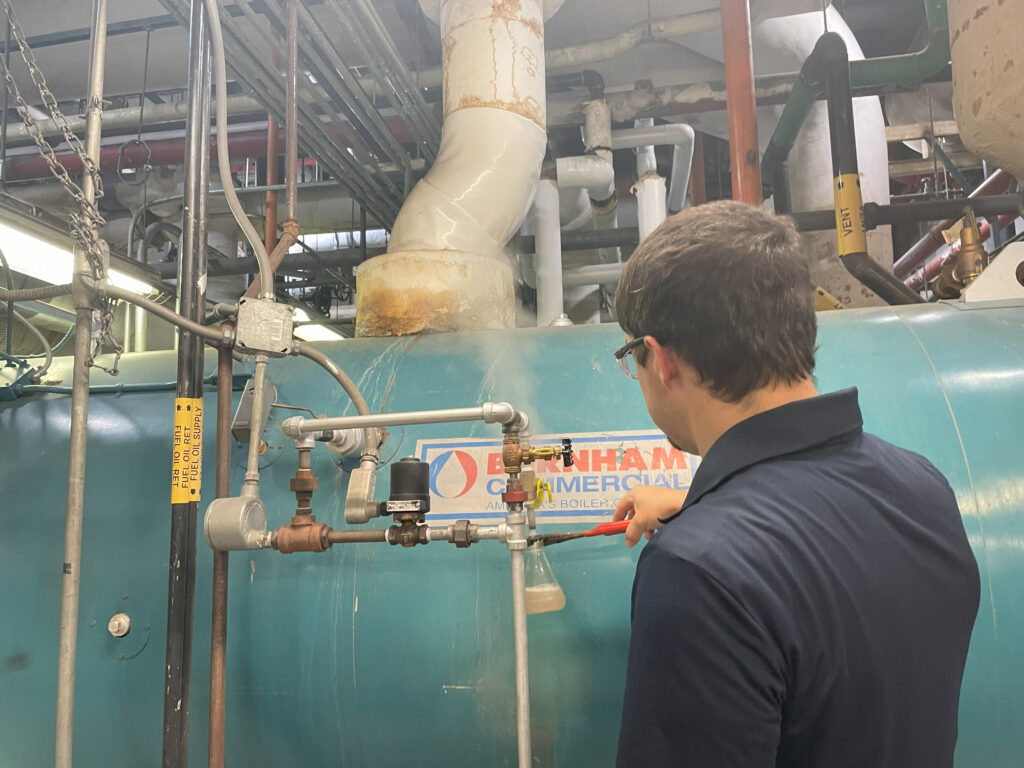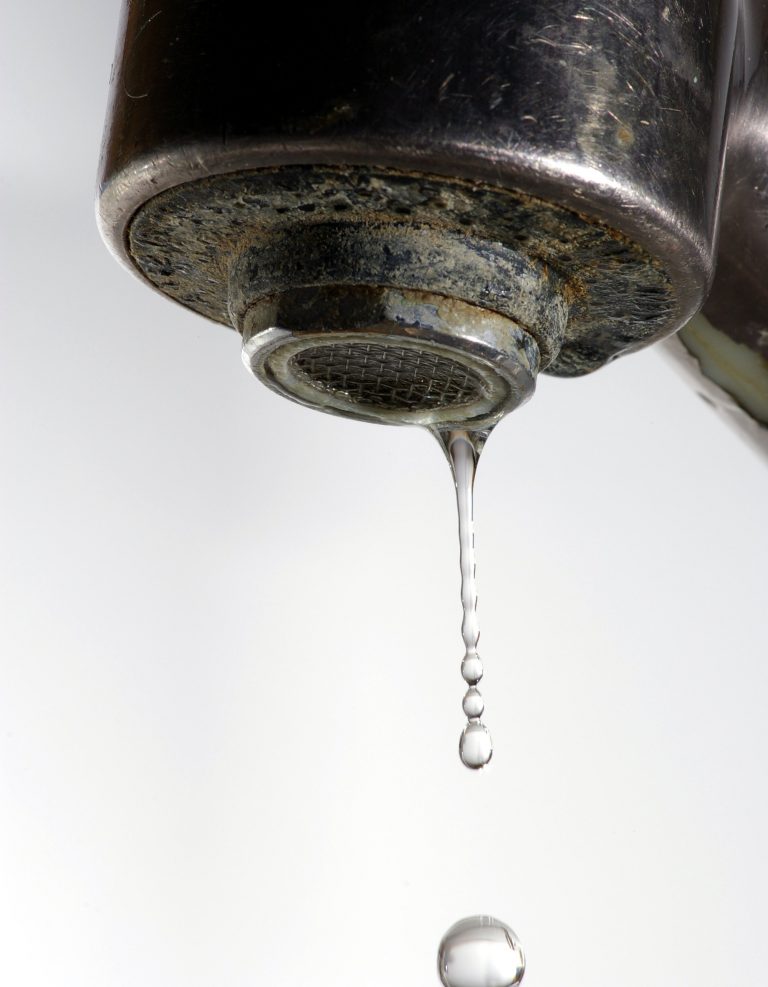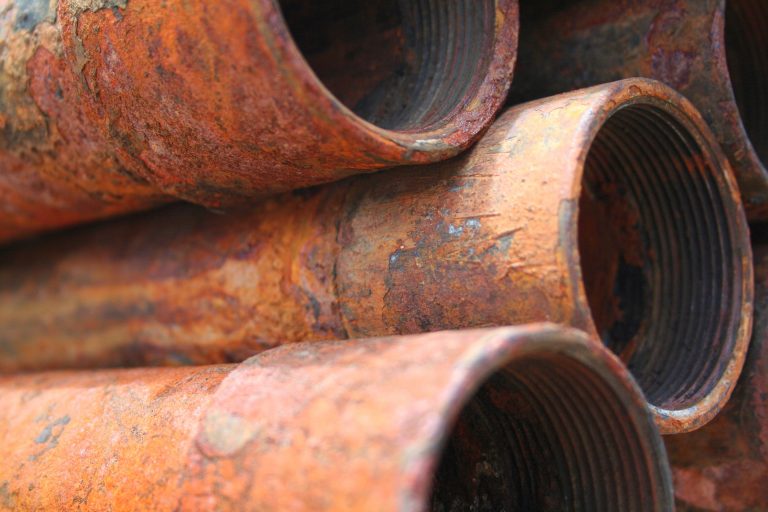
Updated November 21, 2023
There are four basic problems associated with all heating and cooling water systems:
These four problems are common issues to look out for in cooling towers, boilers, closed loops, and other heating/cooling water systems that require chemical water treatment:

The issue with scale is that it impedes heat transfer abilities. When it attaches to surfaces, it does not allow the conductive metal to come in direct contact with the water. This loss in heat transfer makes it so energy and water is required to transfer heat.
Calcium Carbonate (Lime) Scale
This scale is the most common type that you will find in a cooling tower system. It is more soluble at lower rates of pH. The chemical formula of it is CaCO3, which is also the same as limestone.
Calcium Phosphate Scale
It is more difficult to remove than calcium carbonate, and is considered one of the more resilient scales. Normally, calcium and phosphate would not bind, however, an ineffective chemical treatment program that utilizes phosphate can cause this problem to occur. It is more soluble at lower rates of pH and colder temperature.
Calcium Sulfate (Gypsum)
This tends to form in systems with high concentrations of sulfate. A chemical water treatment program that incorrectly uses sulfuric acid can cause this. It is more soluble at higher pH and more soluble and lower temperature.
Silica
This is often found in the water. It involves fine particles that occur because of minerals picked up during the transfer of water from the outside, to inside the heat transfer system. It is more soluble at high temperatures. Granular silica is a common problem for boilers, these are larger and can often be removed with water softeners. The other type of silica is colloidal silica. This type is finer and cannot be seen as it mixes within the water.
When water is evaporated from the cooling tower water, the dissolved and suspended solids remain behind. Make-up water to compensate for the water lost through evaporation is automatically added by the level control valve incorporated in the system. The make-up water adds more dissolved solids to the cooling tower water. The solids left behind by evaporation plus the solids brought in by the make-up water causes solids in the cooling tower water to increase in concentration, a phenomenon called cycles of concentration. Because water can only maintain a specific quantity of dissolved solids in solution, a point is reached where solids will precipitate out of solution and deposit as scale. Scale deposits reduce heat transfer by insulating heat transfer surfaces. Prevention of deposits in the cooling system is one of the prime objectives of a sound water treatment program. The amount of solids that can be safely carried before precipitation occurs depends on several factors and should be established by a reputable water treatment company. Maintaining the maximum safe concentration of dissolved solids has direct implications on the overall cost of operating a cooling system.
To identify scale and have a water treatment expert develop a treatment plan to prevent or remove scale, reach out to us here.

Corrosion in a cooling water system can be divided into two categories. General corrosion involves a uniform and lightly distributed attack over the entire area of the metal. Pitting exists when a large part of the area is protected and only small localized areas are attacked. Pitting is considered more harmful since a large corrosive force is concentrated in a very small area. Rapid penetration of the surface and failure may result.
Galvanic corrosion (Bimetallic corrosion) is another type. This happens when different metals are in a conductive solution. How reactive each of the metals are can influence the rate of corrosion
Conditions which foster corrosion include high levels of dissolved oxygen, high temperature, and high velocity of liquid across metal surfaces, low pH, high concentrations of sulfate and chloride ions and galvanic action. The prevention of corrosion usually requires treatment of the water to make it less aggressive in terms of metal solubility. Chemicals may also be added to develop protective coating or film on metal surfaces.

Airborne contaminants removed from the air as it passes through the tower can accumulate in heat exchangers, condensers, piping and tower packing. While air in most metropolitan areas contains only a few micrograms of airborne material per cubic meter, cooling towers can pass billions of cubic meters of air every month resulting in the accumulation of a significant amount of particulates in the system. The situation is made worse by nearby highways, agricultural operations and high smog levels which radically increase the amount of particulate in the air. Deposits resulting from the accumulation of airborne contaminants can restrict heat transfer, restrict water flow, promote corrosion and facilitate microbiologically influenced corrosion. Airborne contaminants do not typically cause problems in closed loop or boiler systems because the contact time between the air and water is minimal. Still, material deposited in piping systems before system start-up can become suspended and re-deposit on heat exchange surfaces.
These airborne contaminants can lead to problems such as Legionella and other microbiological growth. If a cooling tower or other open system has nature near it, such as trees or a pond, it is more susceptible to microbiological organisms entering it.

The final major problem classification is microbiological fouling, or the living portion of airborne contaminants. Common soil bacteria and algal spores are omnipresent and can be brought into the cooling system by the air moving through the tower. With adequate sunlight and proper food supply they can multiply and form an insulating layer on heat transfer surfaces, restrict water flow, reduce tower cooling efficiency and increase the rate of corrosion. Microbiological fouling is most common in the cooling tower environment. High temperatures in boiler applications eliminate most bacteria entrained in condensate return and feedwater systems. The closed nature of most loops prevents the inoculation of microorganisms into the water.
Legionella is found in freshwater environments. It is a common bacteria that can easily grow in environments such as cooling towers. It typically grows easily in warm, stagnant water. Cooling towers have warm water that is open to the atmosphere.
To deal with any issues that need chemical water treatment or Legionella testing, contact the experts at Chardon Laboratories here.